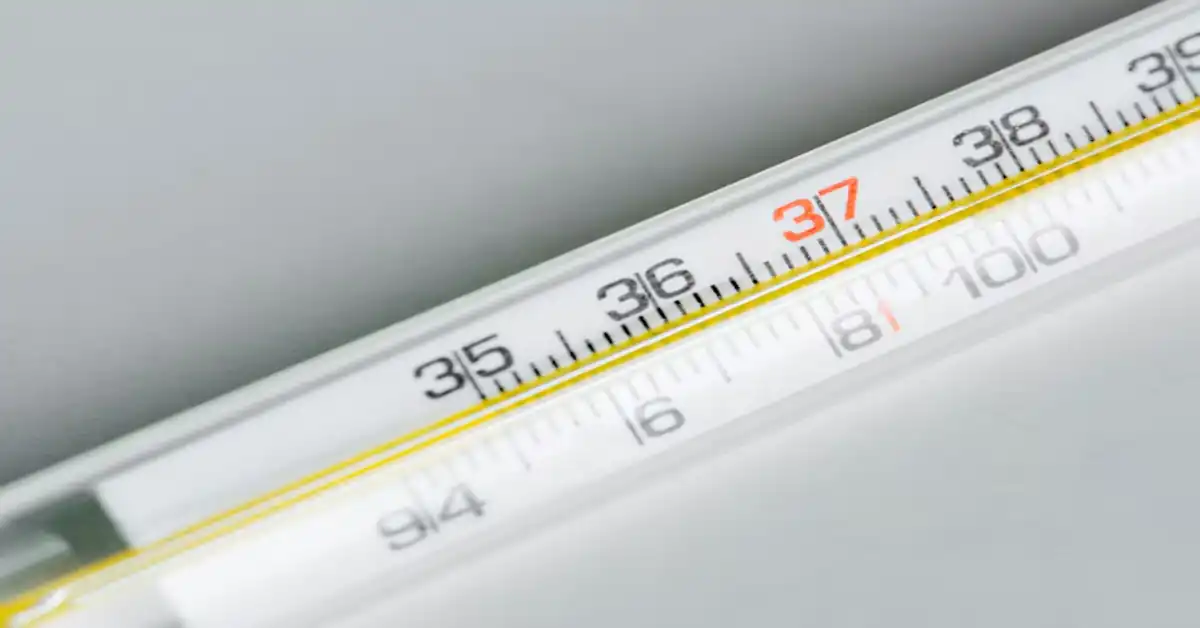Have you ever come across a weather report showing 40 degrees Celsius and wondered, “Is that dangerously hot?” Understanding temperature conversions like 40 Celsius to Fahrenheit is essential in today’s globalized world, where we often navigate between metric and imperial units.
In this guide, we’ll explore not just the math behind the conversion but also what it means for your health, environment, and daily decisions.
What Is 40 Celsius to Fahrenheit?
Let’s get right to the point:
40°C = 104°F
This temperature is considered very hot and often associated with intense heatwaves, especially in tropical or desert regions.
We’ll dive into what this number means practically, but first, let’s understand the scales themselves.
The Celsius and Fahrenheit Scales Explained
Celsius (°C):
- Widely used across the globe (especially in science and daily weather forecasts)
- Water freezes at 0°C and boils at 100°C under standard atmospheric pressure
Fahrenheit (°F):
- Primarily used in the United States
- Water freezes at 32°F and boils at 212°F
These scales differ significantly, which is why accurate conversions are necessary for cooking, climate science, and travel.
How to Convert 40 Celsius to Fahrenheit
Use the following formula:
F = (C × 9/5) + 32
Applying this to 40°C:
F = (40 × 9/5) + 32
F = 72 + 32 = 104°F
So, 40 Celsius to Fahrenheit equals 104 degrees Fahrenheit.
To go the other way: C = (F − 32) × 5/9
This simple equation can help you with any temperature conversion.
Real-World Scenarios: What 40°C Feels Like
When the mercury hits 40 Celsius to Fahrenheit , here’s what it feels like and what you can expect:
- Sweating becomes intense, even at rest
- Air conditioners struggle to maintain indoor comfort
- Outdoor activities become hazardous, especially during peak sun hours
- Roads can soften, and infrastructure may be stressed
Cities that often experience 40°C+:
- Phoenix, Arizona
- New Delhi, India
- Cairo, Egypt
- Riyadh, Saudi Arabia
Such temperatures demand strategic lifestyle changes, especially in how we manage hydration and exposure.
Is 40°C Dangerous for Humans?
Yes, prolonged exposure to 40°C (104°F) can be dangerous. Here’s why:
Health risks include:
- Heat exhaustion
- Heatstroke (a medical emergency)
- Dehydration
- Sunburn or heat rashes
At-risk groups:
- Infants and children
- Elderly people
- Outdoor workers
- People with chronic illnesses
Tip: Stay hydrated, seek shade, and wear light-colored clothing during extreme heat.
Heatwaves, Climate, and Global Temperature Trends
Temperatures like 40 Celsius to Fahrenheit are becoming more common due to climate change.
According to global climate studies:
- Heatwaves are lasting longer and occurring more frequently
- Urban “heat islands” make cities even hotter
- 40°C may become the new normal in many regions
This underscores the importance of adapting building designs, infrastructure, and lifestyle habits to survive and thrive in rising temperatures.
Celsius to Fahrenheit Conversion Chart
Here’s a quick reference table:
| Celsius (°C) | Fahrenheit (°F) |
|---|---|
| 0°C | 32°F |
| 10°C | 50°F |
| 20°C | 68°F |
| 30°C | 86°F |
| 40°C | 104°F |
| 50°C | 122°F |
Keep this handy for travel or when comparing weather reports.
Tools for Temperature Conversion
Instead of calculating manually every time, consider using:
- Online converters (Google has a built-in one)
- Smartphone weather apps
- Voice assistants (e.g., Siri, Alexa)
- Smart thermostats that allow switching between °C and °F
Many websites also feature dedicated temperature converters that give instant, accurate results.
Why Temperature Conversion Still Matters Today
Even with growing globalization, the world remains split between metric and imperial units.
Use cases include:
- Travel planning
- Medical advice (especially with fevers)
- Cooking recipes
- Weather alerts
- Science education
Understanding how to convert 40 Celsius to Fahrenheit and other common values is more than trivia—it’s practical knowledge for daily life.
Fun Facts About Temperature and Thermometers
- The Fahrenheit scale was invented by Daniel Gabriel Fahrenheit in 1724.
- The Celsius scale was created by Swedish astronomer Anders Celsius in 1742.
- Mercury thermometers are being replaced with digital and infrared versions for better accuracy and safety.
- Human body temperature averages 37°C (98.6°F), but anything above 40°C (104°F) is considered a fever emergency.
Conclusion and Call-to-Action
Understanding how to convert 40 Celsius to Fahrenheit (104°F) is more than just a math problem—it’s a crucial skill for navigating the modern world. Whether you’re traveling, checking your child’s fever, or just decoding your thermostat, this conversion helps you interpret your environment accurately.
Armed with this knowledge, you’re better equipped to manage high temperatures, avoid heat-related illnesses, and understand global weather trends.
Frequently Asked Questions (FAQs)
Q1: What is 40 Celsius in Fahrenheit?
A: 40°C equals 104°F.
Q2: Is 40°C considered a fever?
A: Yes, especially in children and adults, a body temperature of 40 Celsius to Fahrenheit is dangerously high.
Q3: How hot is 104 degrees Fahrenheit in Celsius?
A: 104°F converts back to 40°C.
Q4: Can humans survive in 40°C weather?
A: Yes, with proper hydration, shade, and protection, but prolonged exposure can lead to serious health issues.
Q5: What’s hotter: 40°C or 104°F?
A: They are the same temperature, just in different units.
Did you find this guide helpful? Share it with a friend, bookmark it for future reference, and check out our Temperature Conversion Tool for quick conversions on the go!









